Incredible drone footage and images show the truth of Chernobyl after 37 years
- Chernobyl is home to one of the worst nuclear disasters in history
- The story is well documented and yet, at the same time, a lot of details are hazy
- To this day, Chernobyl is still accessible, including for guided tours
Published on Feb 15, 2024 at 5:32 PM (UTC+4)
by Alessandro Renesis
Last updated on Feb 15, 2024 at 9:49 PM (UTC+4)
Edited by
Adam Gray
The Chernobyl disaster shook the world because it was, at the time, the worst nuclear catastrophe in modern history.
Even now, 37 years later, there’s still a lot we don’t know about what happened.
However, new images and drone footage reveal fragments of the truth.
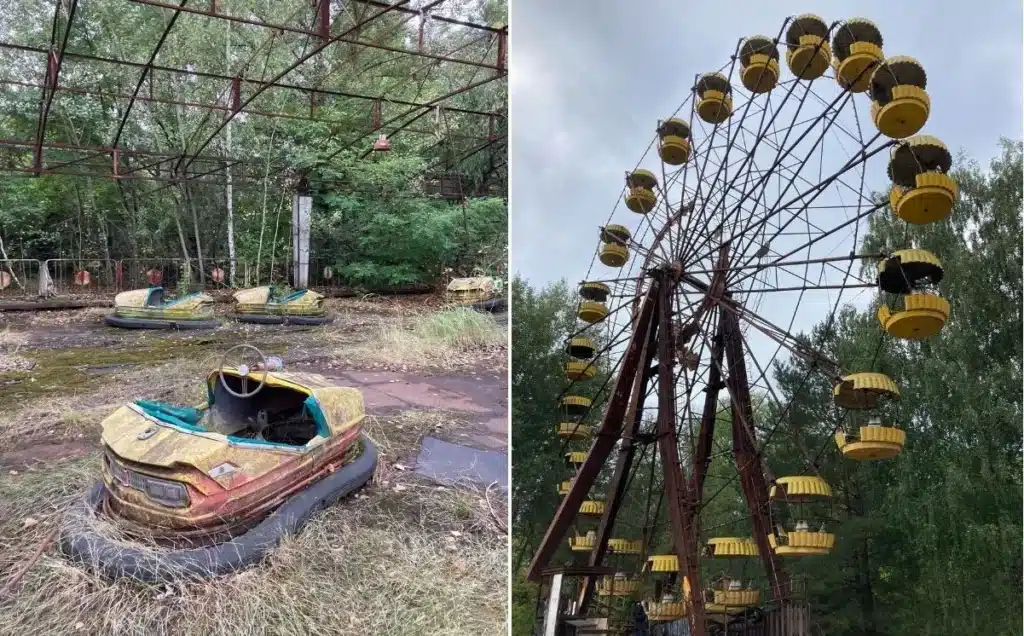
READ MORE: The Barbie movie to ‘smash Oppenheimer at the box office’
Chernobyl is not exactly uncharted territory because, in theory, anybody can book a guided tour and go there.
Movies and TV shows have been shot on location.
And yet, many chapters of this story aren’t clear, and sometimes misrepresented.
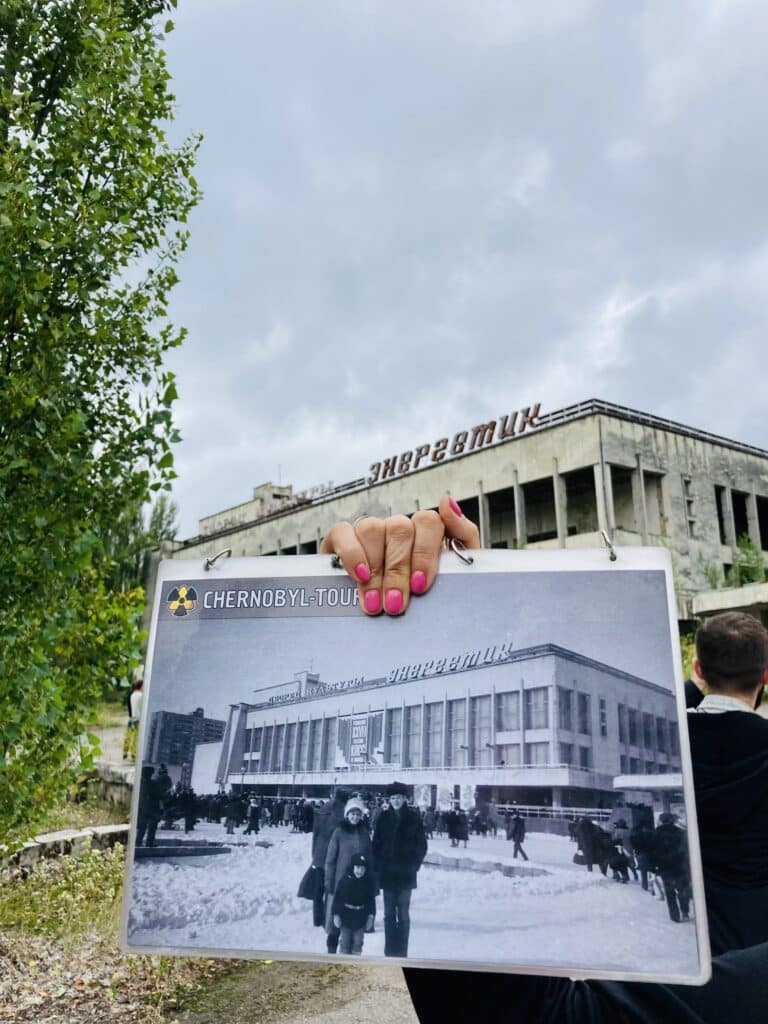
On April 26, 1986, reactor number four at the Chernobyl nuclear plant exploded, and as a result, a vibrant city the size of Encino, California was abandoned completely and became a ghost town.
This leads us on to the first and perhaps biggest misconceptions about the disaster.
Because the town in question was not, in fact, Chernobyl.
Pictured below, sign entering Chernobyl (left) and Pripyat (right), both written in Cyrillic alphabet.
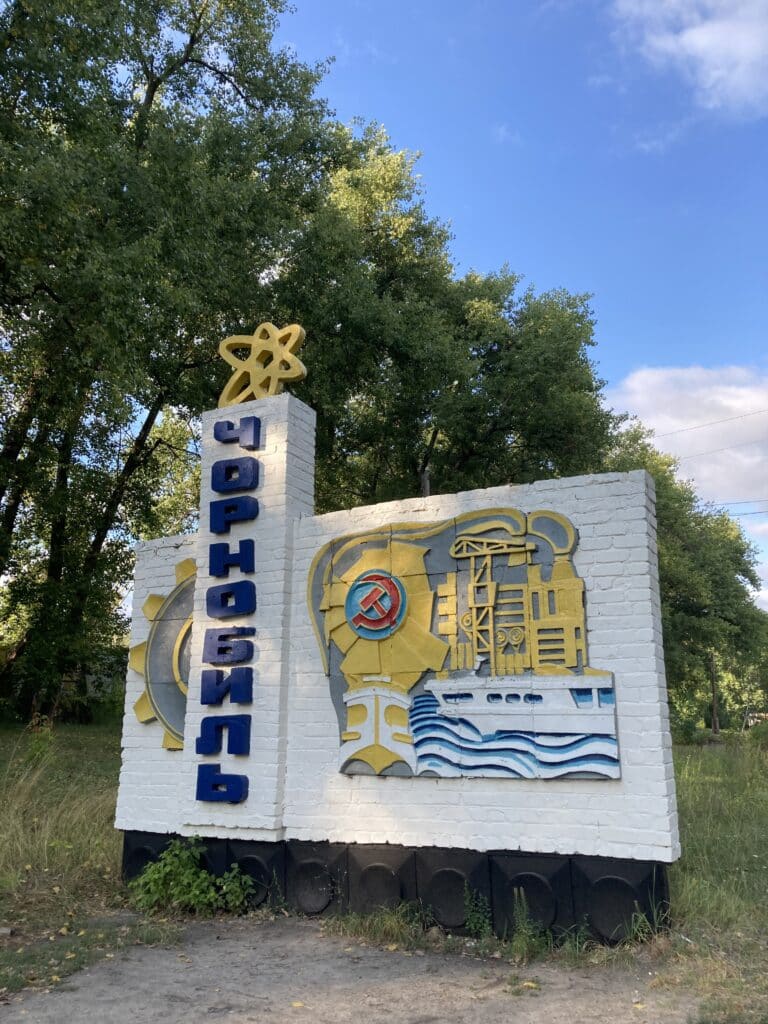
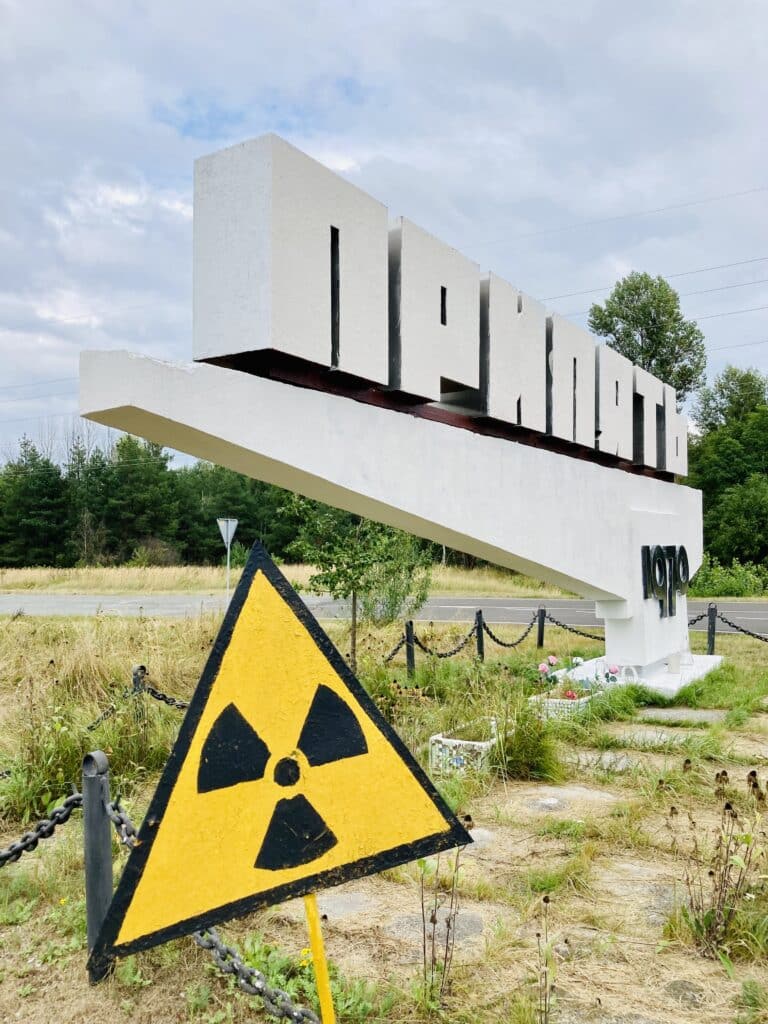
The nuclear plant was indeed located in the vicinity of Chernobyl, about 60 miles north of the capital Kyiv, but it was a different town that had the worst of it due to the weather.
Strong winds were blowing that day, pushing radiations northbound, all the way into Belarus actually, and as a result, the town that suffered the most was Pripyat, a stone’s throw from Chernobyl, heading north.
Whenever you see images related to the Chernobyl disaster, with the exception of the reactor itself, they’re usually all from Pripyat.
The radiation level in certain areas of the city were so high that they decided to simply knock everything down and pave it over, with concrete mostly, to keep it under control.
In the clip below, you can see the geiger counter numbers going wild as you get closer to the ground.
Pripyat is inhabitable, and it will remain that way for centuries, but Chernobyl is not fully abandoned.
Some technicians ‘live’ there a few months out of the year, chiefly because the reactor needs constant attention.
Back in 2016, a giant $2.1 billion polycarbonate-reinforced steel vault, built in France, was transported to the plant and mounted on top of the reactor to contain radiations.
Pictured below, reactor number four.
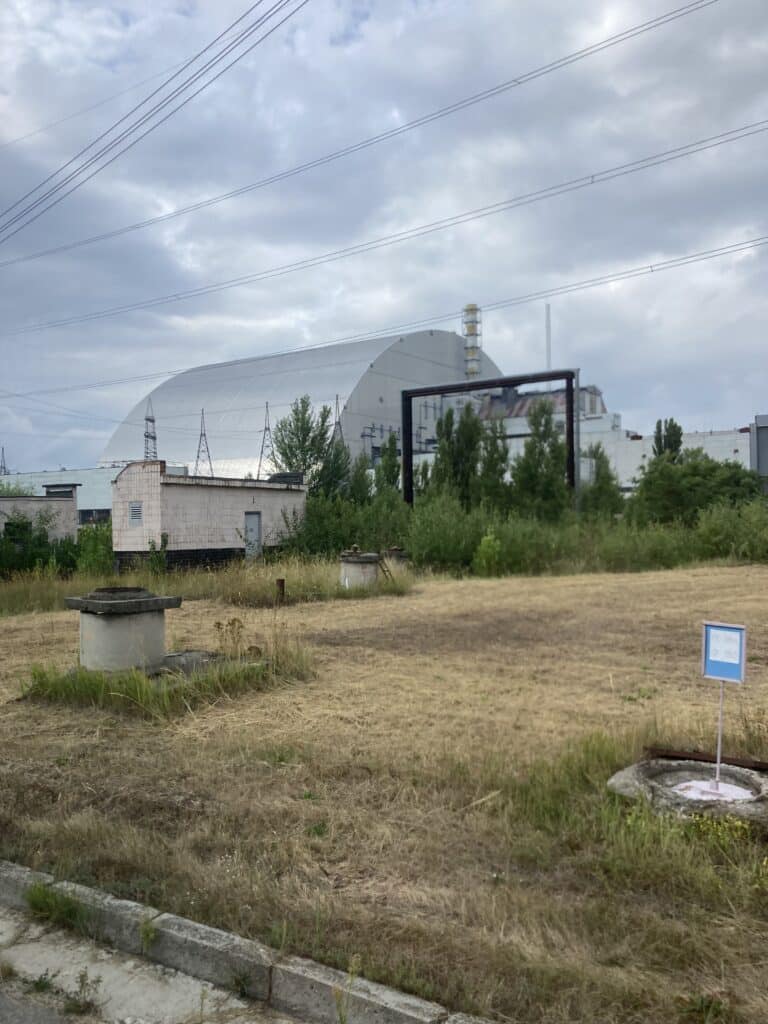
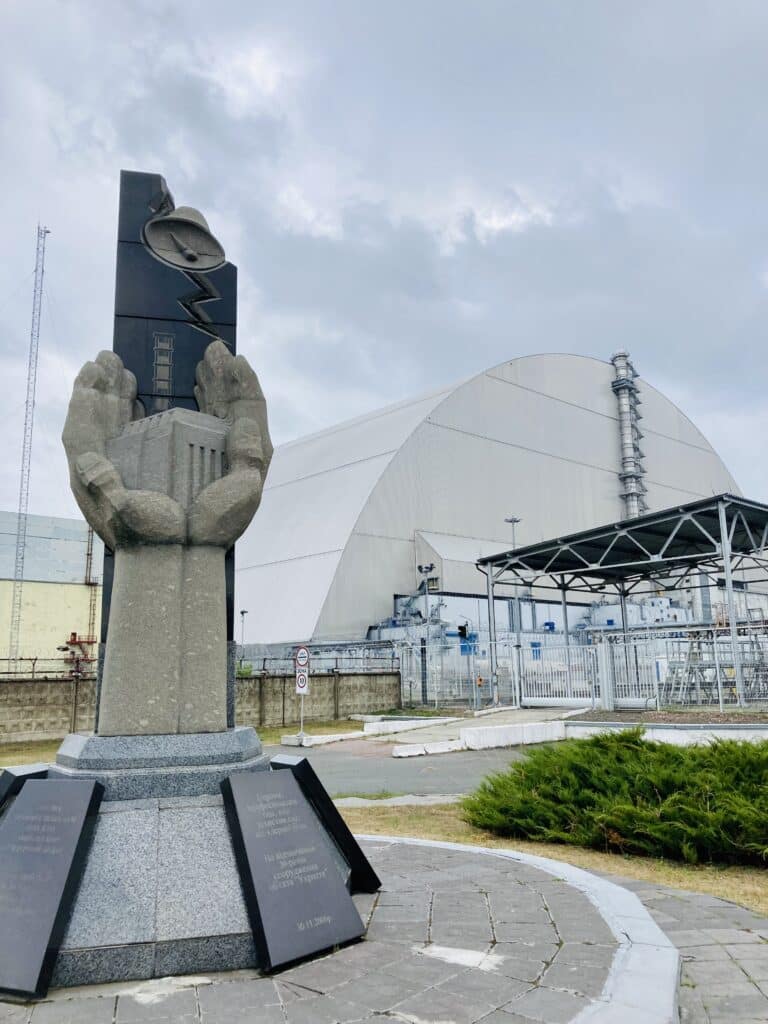
Contrary to what most people might think, it didn’t happen overnight either.
Part of the reason why the mystery was never fully explained is this happened in the Soviet Union in the Cold War era.
For days after the disaster, authorities did everything they could to act like nothing happened.
To this day, some of the details aren’t clear because reports were incomplete or, sometimes, missing.
The evacuation wasn’t swift, and it wasn’t smooth.
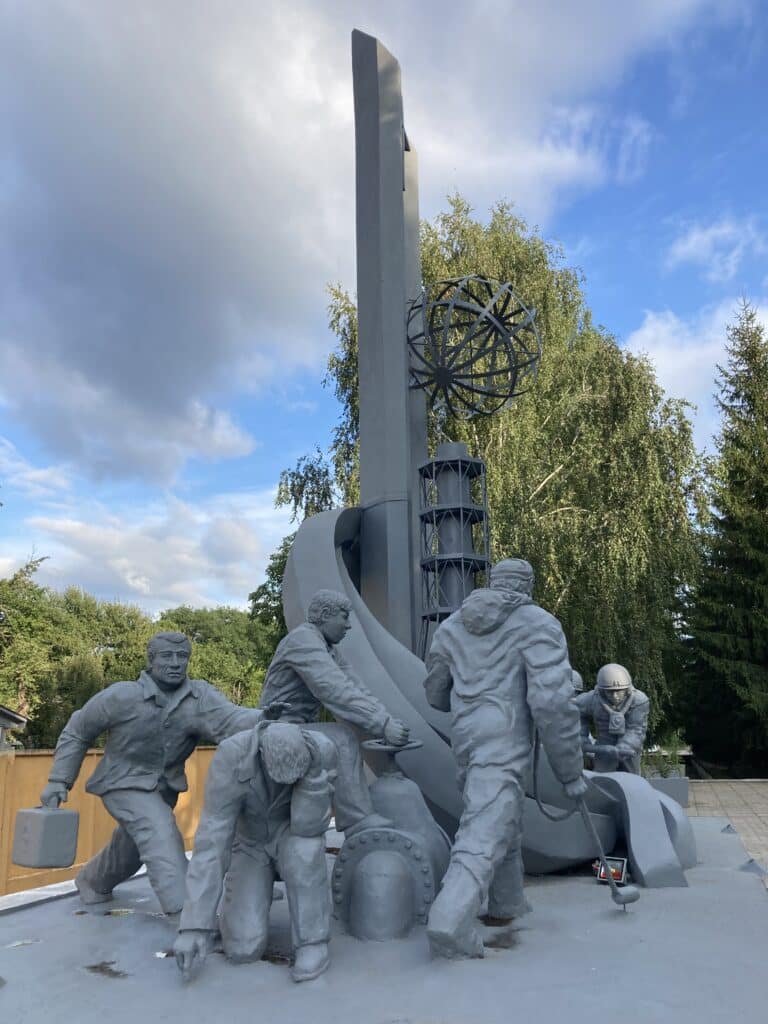
There’s a a monument to the heroes (above) who helped evacuate the city, built from stone and granite, just outside the town of Chernobyl.
The monument is imposing, brutal and eerie – and there’s a detail about it that makes it even more eerie.
“This [monument] wasn’t built by the city or the state. It was built by the people themselves,” the tour guide from Chernobyl Tour UA told the author of this article.
“[The state wouldn’t do it] because celebrating these ‘saviors’ meant admitting something had gone wrong, and there was something to be saved and rescued. And nothing [was supposed to go] wrong in the USSR.”
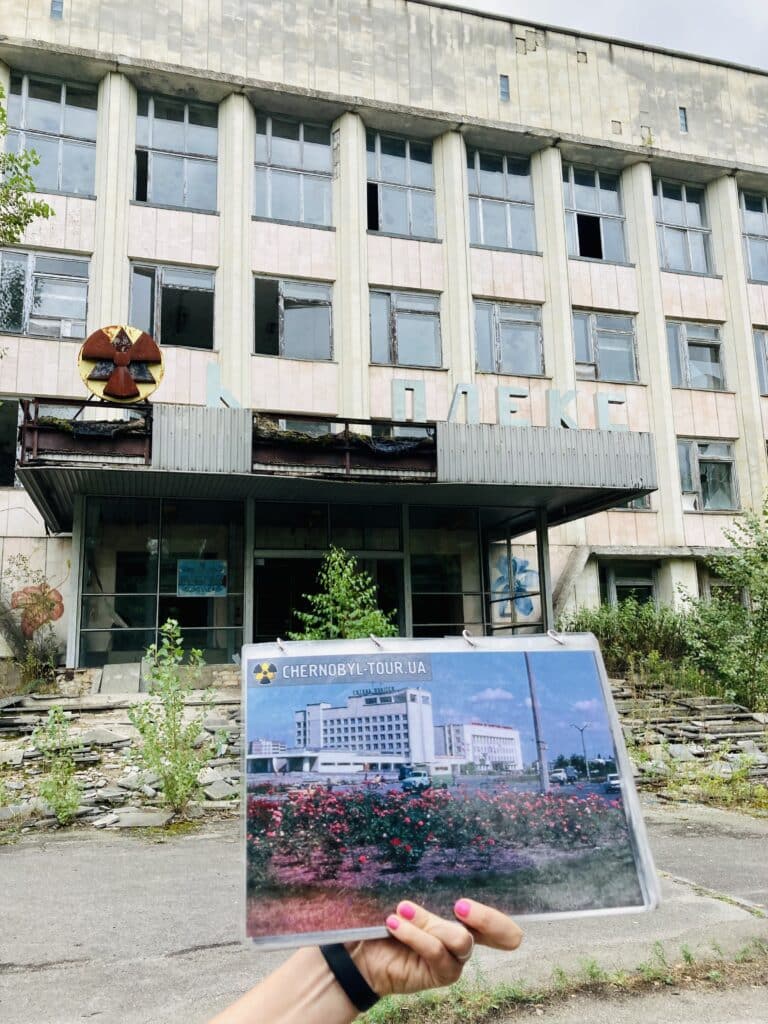
Some companies still organize tours to visit Chernobyl, even amid the risk associated with traveling to Ukraine in general.
Some even offer multi-day tours.
You only get to spend a few hours in the town of Pripyat, and you have to go through an airport metal detector-style decontamination machine.
So it’s totally safe.
Exiting the Exclusion Zone, visitors are asked to go through a decontamination machine.
Even though touring Chernobyl is not actually dangerous, radiation risks, or fear thereof, is still the main reason why conversations about using nuclear power for things like batteries are still a bit frowned upon.
And then of course there are much bigger risks that a recent blockbuster movie reminded us of.
But that’s a different story.
DISCOVER SBX CARS: The global premium car auction platform powered by Supercar Blondie




